When Botox Doesn’t Work The First Time
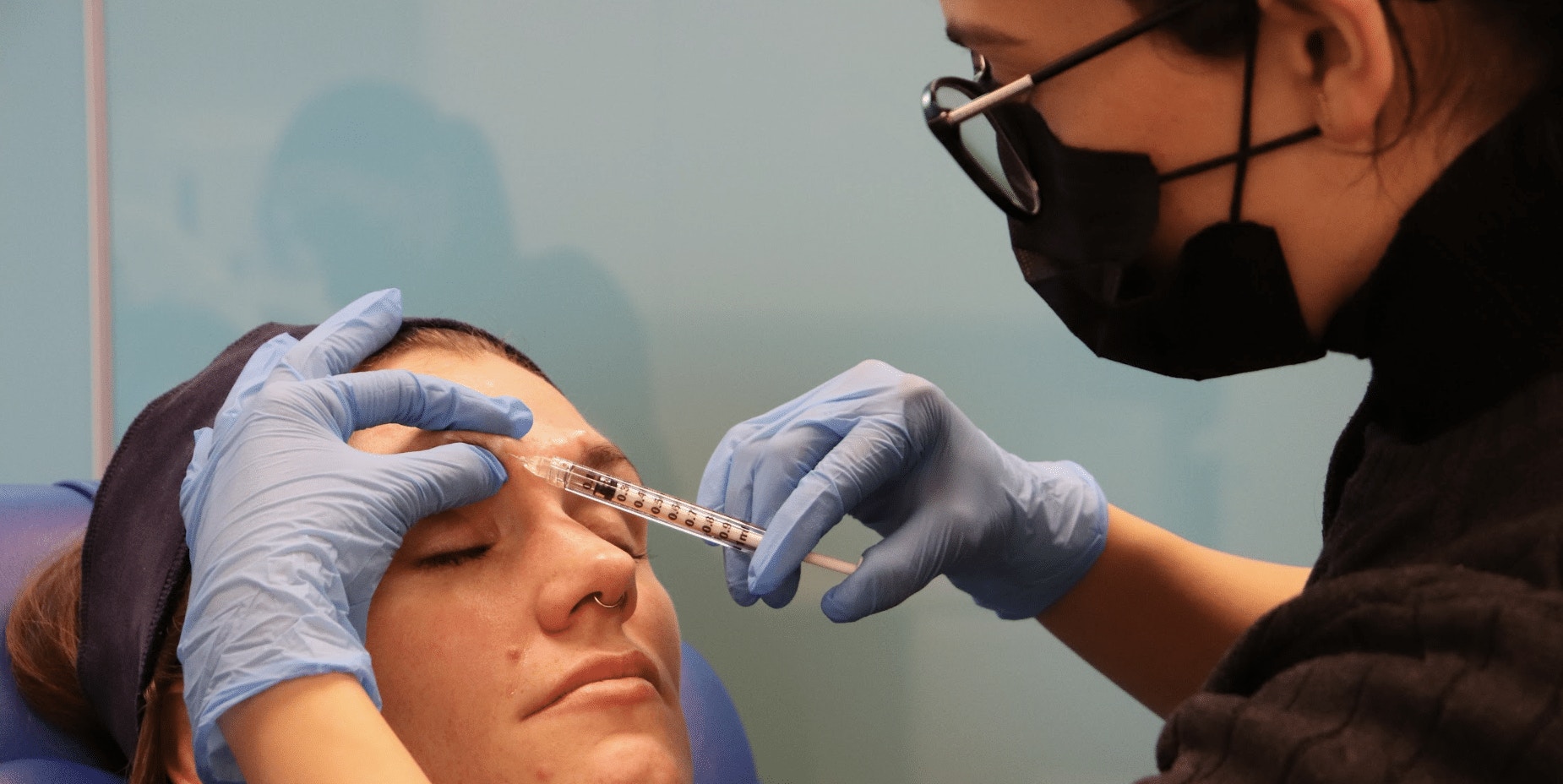
What happens when botox doesn’t work the first time? When you start treating your own patients after your initial botox training, you’ll encounter treatment reviews. At this point, you may experience this type of issue.
Some injectors occasionally find that a patient’s initial treatment seems to have had no effect. So, what does one do in this situation?
We spoke to Dr Carol Mastropierro, clinical trainer, aesthetics specialist and Level 7 graduate, to get her advice...
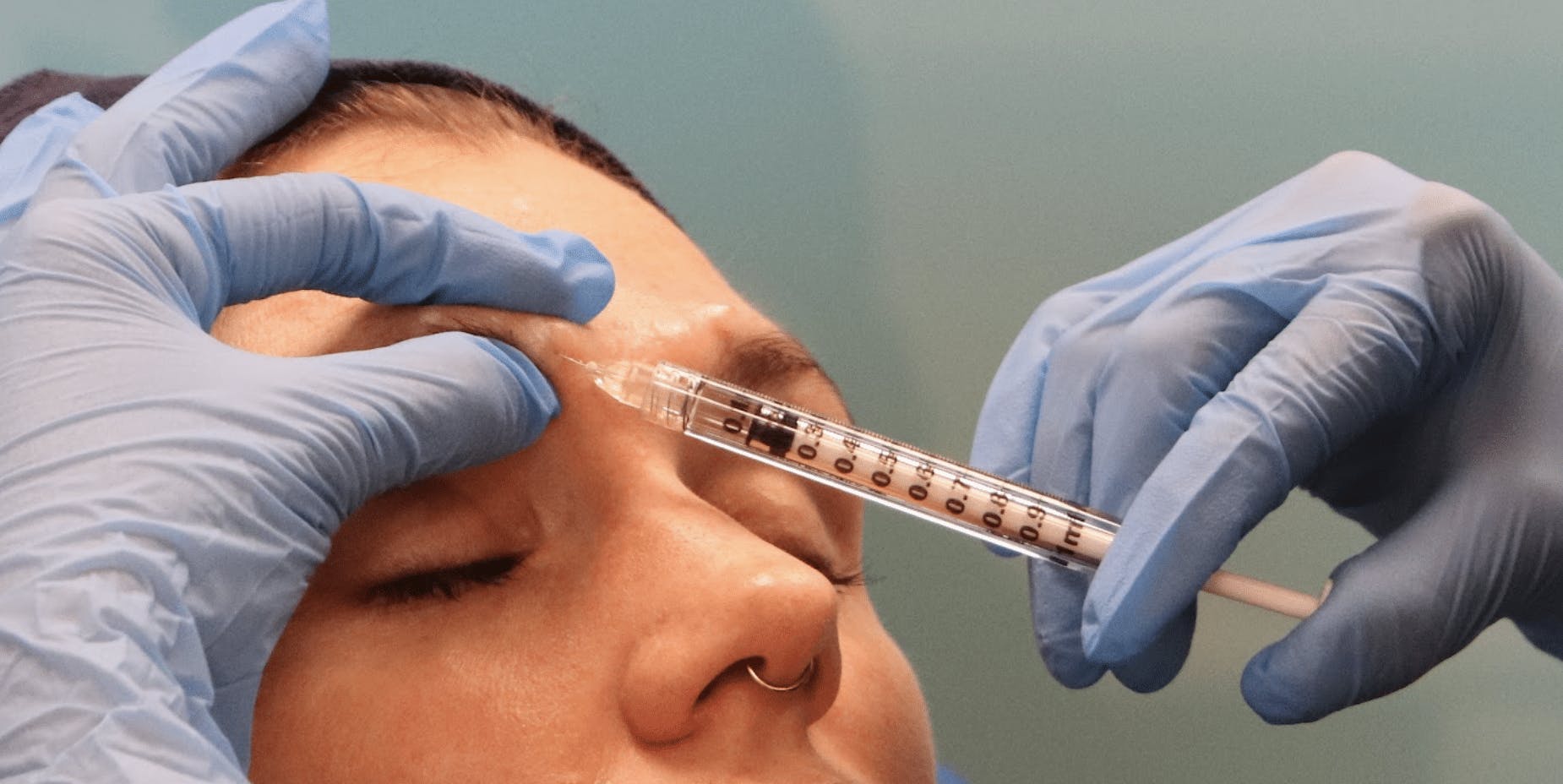
WHAT TO DO WHEN BOTOX DOESN'T WORK THE FIRST TIME
If your patient comes back at their review appointment and has full movement, as if they’d never had treatment, what should you do?
“There’s a few things I would consider,” notes Dr Carol. “First of all, is it the first time this has happened? Have they had botox before? If so, which brand? What dosage? And was that different to your treatment?”
She stresses, “This type of scenario is one of the reasons it’s really important to have good before and after photographs. I always tell my students to take close up pictures of the face and ask the patient to make the most extreme facial movements they can. So, in situations like this you have a comparison and can see if there was any improvement. By this I mean you can tell if there is still movement but less than in the ‘before’ picture, or if their range of movement is exactly the same.”
What are the possible reasons for botox not working?
“This may be due to faulty injecting techniques,” advises Dr Carol. “Was the toxin injected at the right depth, in the right muscle, in the right place? Was the toxin actually delivered to the muscle or was there too much botox dripping on the patient’s face so most of it was lost?”
She has observed that this product wastage tends to be the primary reason for under-treatment by aesthetics students. This is especially true of those undertaking foundation level botox courses.
Dr Carol also recommends checking for the less-likely reason of faulty equipment. “Was the toxin expired? Had it been reconstituted properly? Was it stored properly?”, she lists as aspects to review.
“Lastly, whilst extremely rare, toxin resistance has been reported in literature,” she says. “It can be that a person just never responds to botox, or that they stop responding after a while.”
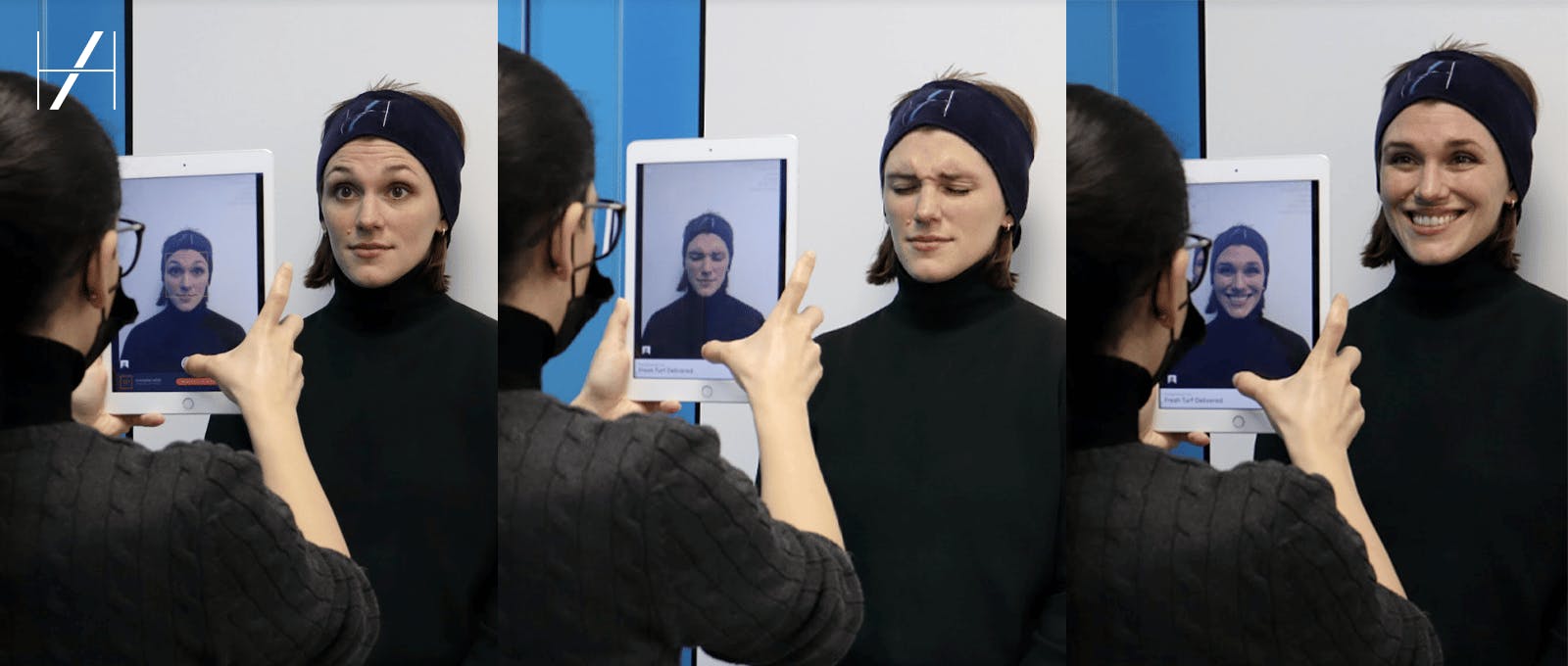
What questions would you ask your patient during this toxin review?
“I always want to gather as much information as possible. This is especially true if they had treatment elsewhere before and this is their first time with me, so I could pick up on any differences,” Dr Carol tells us.
“You need to make sure you are able to tell if they saw even the slightest improvement from treatment. Even if this was just a feeling of resistance when contracting the muscle.”
She adds, “I also ask if they feel the toxin has worked at all in any of the areas treated. I exclude resistance to toxin if there is one area where treatment worked but it didn’t in another. For example, if the patient had good results in the glabella, but retained full movement in the frontalis. This means that it’s not resistance, they simply need more.”
“I would ask my patient if they followed the aftercare advice provided, too,” she reminds us. “It’s actually quite important to avoid any flushing of the face for the first few hours after botox. If they ran a marathon right after treatment, that’s probably the reason the toxin didn’t work!”
Would you re-treat the patient?
“I would re-treat them after explaining my concerns,” Dr Carol says.
She explains, “If it’s residual movement it’s easier, as in I expect a higher dose to work for them. In this instance, I would explain that the potential for asymmetry or heaviness are theoretically greater. For this reason, when I decide on the top-up dose, the points and dosages may not be symmetrical. This is because I am working with the movement I can see.”
“The dose would vary between 1-6 units per point, depending on the area, movement and risk.”
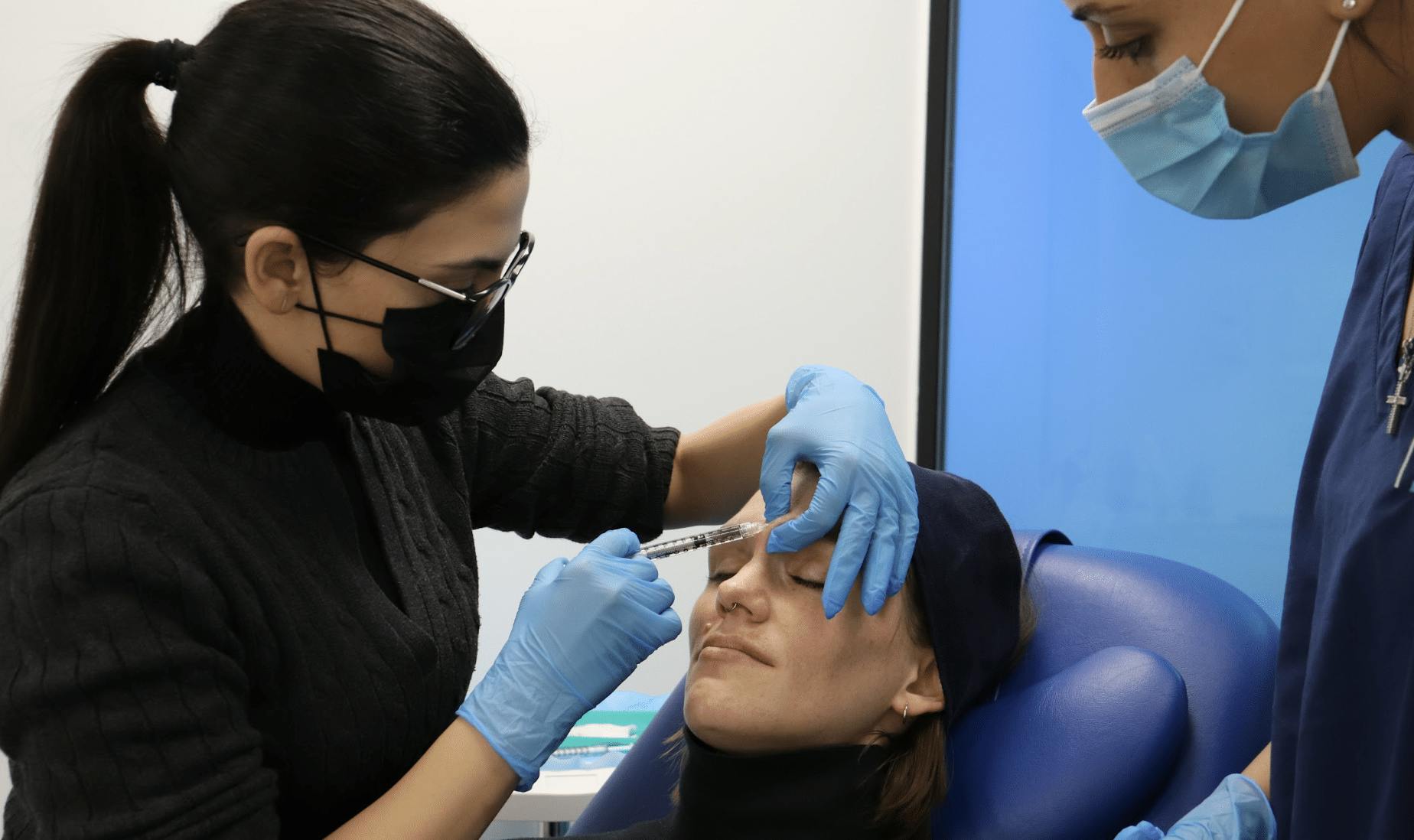
Is this process different depending on the patient’s age or gender?
“Absolutely,” confirms Dr Carol. “Men tend to need a higher dosage in general as their muscle bulk is generally bigger and stronger. For this reason they are less likely to experience heaviness, therefore it’s safer to add more at top-up. Contrarily, I would be cautious in adding much more for mature ladies due to the risk of heaviness.”
“Botox is only licensed for cosmetic treatments in patients up to 65 years of age. It is frequently used to treat over 65s, but this is considered an ‘off label’ treatment and manufacturers do not guarantee it will work.”
Are there any other considerations aesthetics practitioners should bear in mind, should a patient’s botox not work the first time?
“I would certainly remind students that botox stops movement – it does not treat wrinkles. If the patient comes back with movement, adding more toxin is indicated. However, if the patient comes back with no movement and complains that their lines are still present, adding more toxin will not make any difference.”
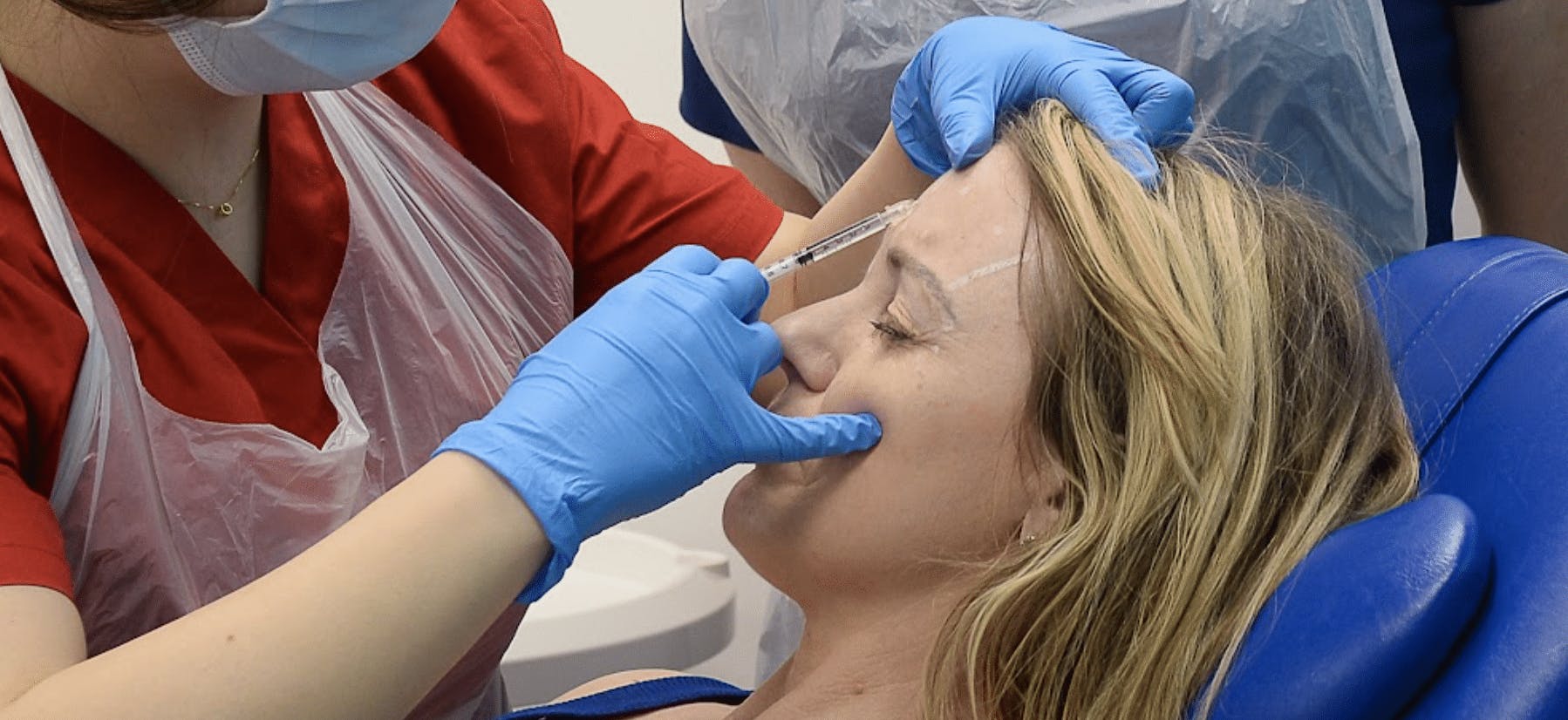
BOTOX TRAINING courses FOR HEALTHCARE PROFESSIONALS
These are the kinds of insights you can expect from all Harley Academy clinical trainers during your time with us.
Whether you’re a beginner, wanting to learn the basics of injectables via our Foundation or Core Training in Botox and Dermal Fillers. Or, if you’re an intermediate or even advanced aesthetics practitioner, looking to hone your skills and receive a respected, Ofqual-regulated qualification, via our Level 7 Diploma in Botox and Dermal Fillers or Fast Track Level 7 option.
Let our dedicated Student Recruitment team guide you on finding you the right botox course for you. They'll also be able to provide insights into how you can future-proof your career as a safe and effective injector as the industry prepares for the anticipated aesthetics licensing regulation changes in England.
All information correct at the time of publication.
Download our full prospectus
Browse all our injectables, dermal fillers and cosmetic dermatology courses in one document
By submitting this form, you agree to receive marketing about our products, events, promotions and exclusive content. Consent is not a condition of purchase, and no purchase is necessary. Message frequency varies. View our Privacy Policy and Terms & Conditions
Attend our FREE open evening
If you're not sure which course is right for you, let us help
Join us online or in-person at our free open evening to learn more
Our Partners
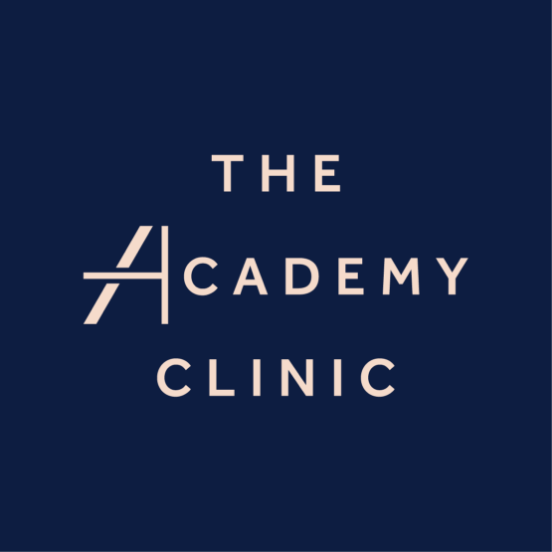

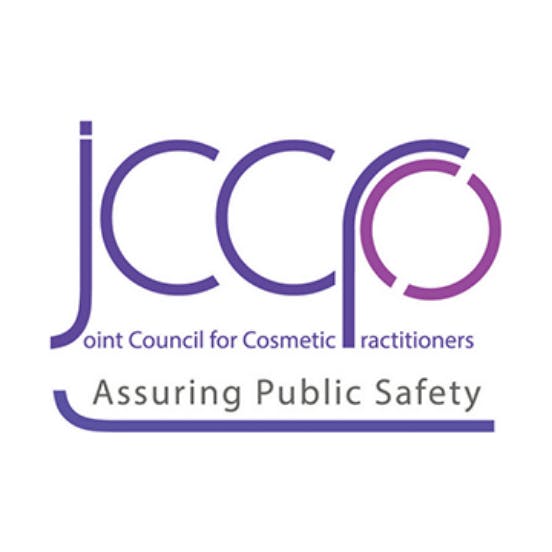

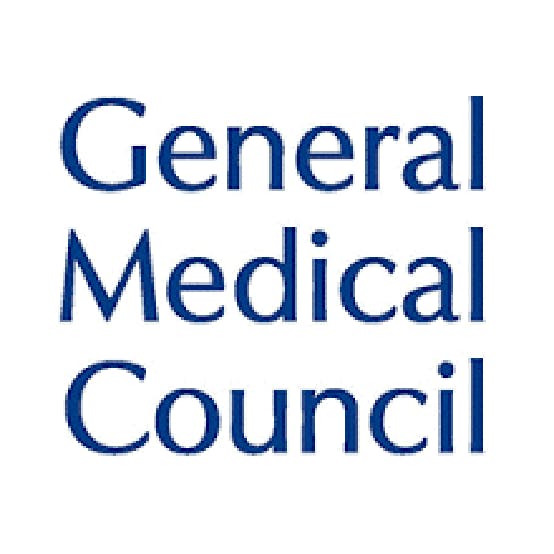


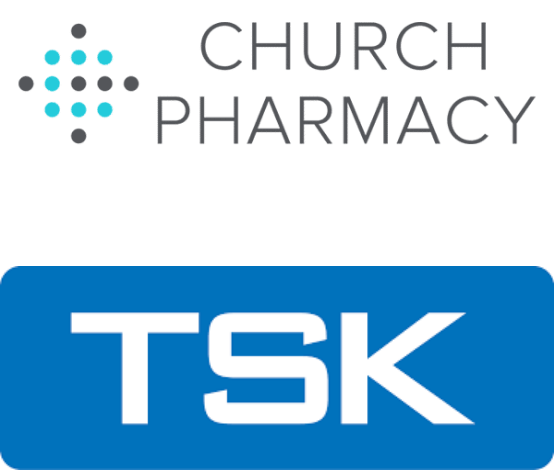
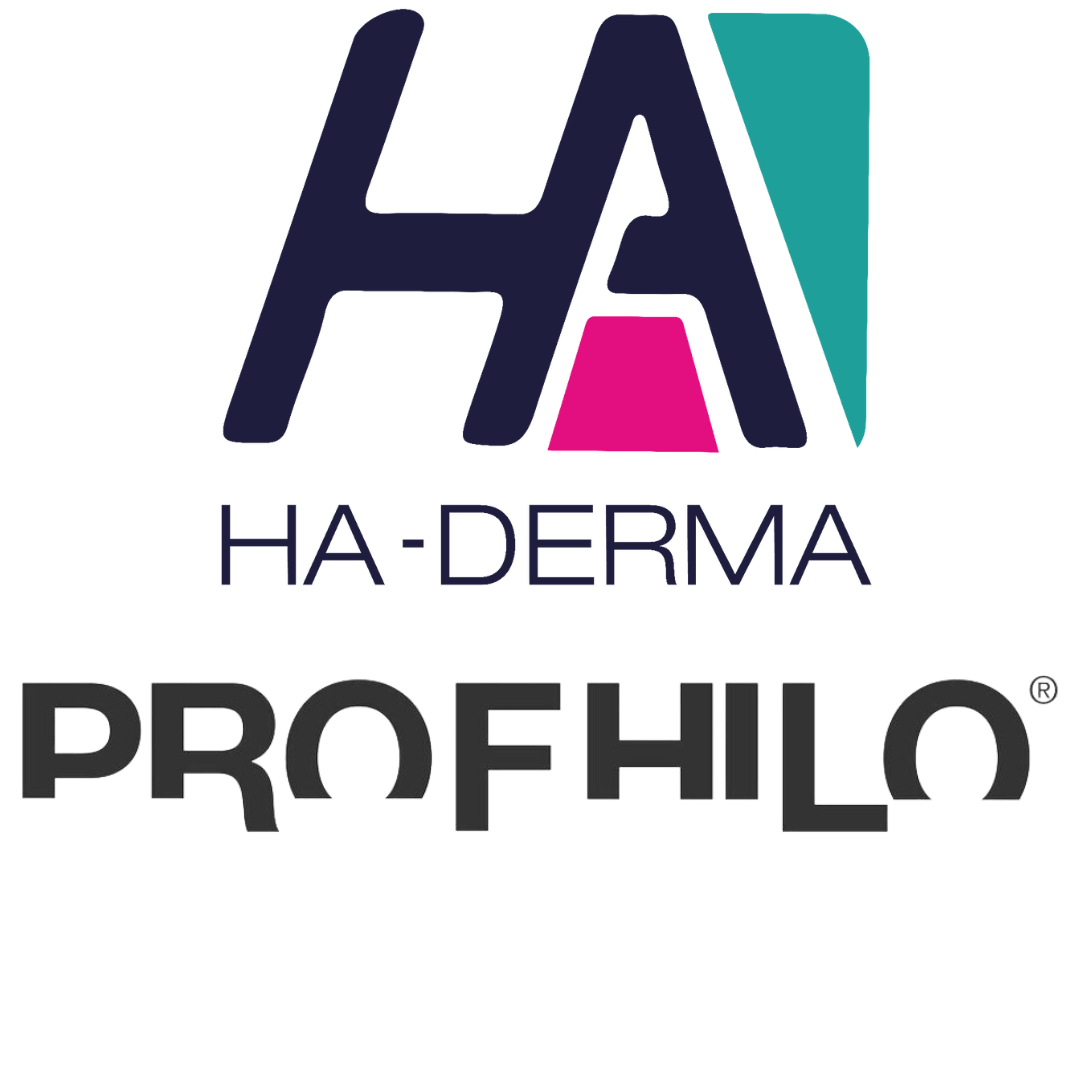




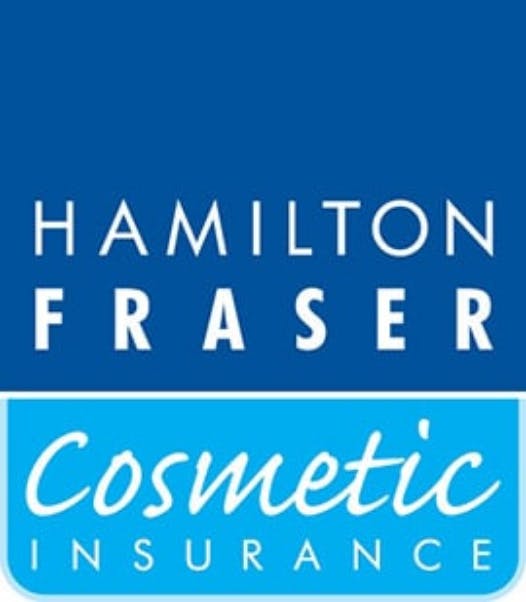
STAY INFORMED
Sign up to receive industry news, careers advice, special offers and information on Harley Academy courses and services

